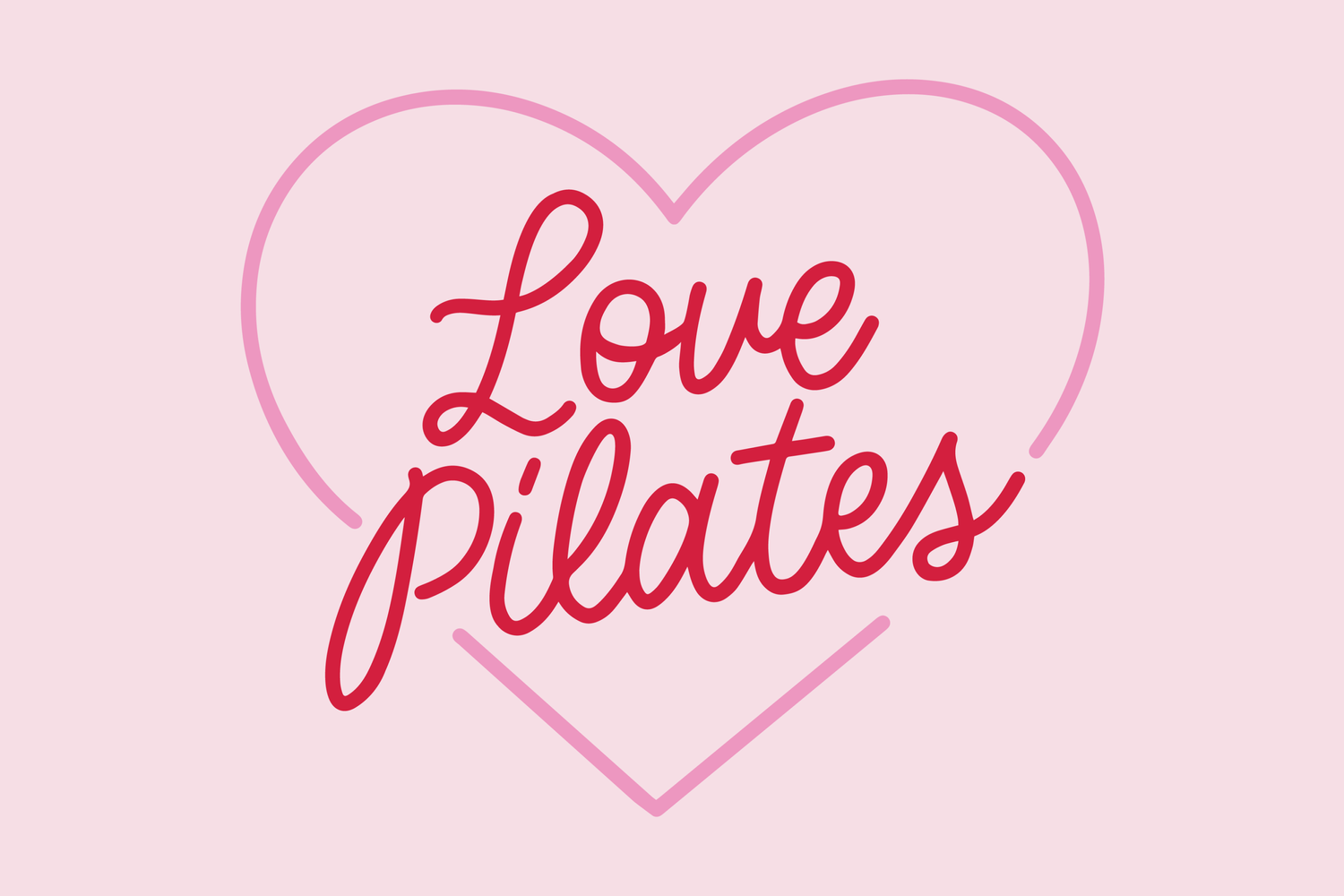How yoga can help with perimenopause and menopause
Menopause is a hugely transformative period in a woman’s life – and yoga can be a powerful practice to help you navigate the transition. It’s a topic that’s often dreaded and whispered in hushed tones as if it’s some kind of taboo. But let’s be honest – menopause is a natural part of life for every woman. And while we all experience it differently, there’s no denying that it can be a challenging time. As we approach the end of our reproductive years, our bodies undergo profound changes that can sometimes be debilitating. You may find yourself struggling with hot flashes, mood swings, insomnia, and a host of other symptoms that can take a toll on your wellbeing and quality of life.
But fear not, dear sisters, because we can make the transition a little smoother through the practice of yoga. As long-time yoga practitioners, at Yoganic, we can attest to the many ways in which yoga can help us not only cope with the challenges of perimenopause and menopause, but also thrive through them.
We know what you’re thinking – how can some simple stretches be powerful enough to help me tackle this absolute minefield? Well, in case you don’t already know – it’s so much more than pretzeling yourself into shapes. Yoga is an ancient practice that has been around for thousands of years, and it has been used to help people achieve not only physical balance – but mental, emotional, and spiritual peace. We won’t pretend that it’s a cure-all for all menopause symptoms, but it can certainly help to alleviate some of the more unpleasant side-effects.
Common symptoms and how yoga can help
Hot flashes
One of the most common symptoms of menopause is hot flashes. These sudden, intense waves of heat can be incredibly uncomfortable and stress-provoking, and may disrupt your daily routine. But did you know that certain yoga poses can help regulate your body temperature and reduce the frequency of hot flashes? It’s true! One of the most effective poses for cooling the body and reducing hot flashes is Supported Bridge Pose. This pose opens the chest and stimulates the thyroid gland, which can help regulate body temperature. Another great pose that has been shown to reduce hot flashes is Legs-Up-The-Wall. By elevating the legs and stimulating blood flow, you can help cool the body.
Insomnia
Another common symptom of menopause is insomnia. Hormonal changes can disrupt your sleep patterns, and the resulting lack of sleep can lead to a whole host of other problems. But once again, yoga comes to the rescue. Certain breathing techniques and poses can help calm your mind and prepare your body for a restful sleep. One of the many pranayama (breathing exercises) techniques that can be practiced before bed is Slow Deep Breathing, where you inhale for a count of four, hold for seven, and exhale for eight. This is a great way to calm your nervous system and prepare for sleep. Child’s Pose and Savasana are wonderful poses to practice before bed too – as they can help you let go of tension and stress.
Emotional challenges - Mood swings, irritability, anxiety, and depression
Yoga can also help us to manage the emotional and psychological symptoms of perimenopause and menopause, such as mood swings, irritability, anxiety, and depression brought on by hormonal changes in your body. One of the most powerful aspects of yoga is its ability to calm your mind and soothe your nervous system. By engaging in breathing and meditation techniques, you can cultivate a sense of inner peace and emotional resilience that can help you weather the storms of life with greater grace and equanimity. Tree pose (as well as other balancing asanas) is a wonderful pose that requires focus and balance, which can help to quieten the mind and reduce anxiety. Many of the breathing techniques taught in yoga classes are incredibly powerful in their ability to help manage emotional distress.
Another powerful technique for managing mood swings and emotional turbulence is the practice of mindfulness. By bringing your attention to the present moment and cultivating a sense of non-judgemental awareness, you can learn to observe your thoughts and emotions without becoming overwhelmed by them. Yoga Nidra is also a wonderful meditation/visualisation practice to help calm the body and mind.
Physical tension
Yoga offers a wealth of poses that can help you to find greater physical comfort, easing the transitional phases of menopause. By enjoying the gentle stretches and restorative postures in practices like Yin yoga, you can soothe achy joints, alleviate tension, and find a greater sense of ease and relaxation in the body. One great pose for easing tension in the neck and shoulders is a Seated or Standing Forward Fold. By folding forward and stretching the spine you can release tension and tightness in your upper body.
As well as helping you to find greater peace of mind and physical release, yoga is a beautiful practice for cultivating a sense of self-acceptance and self-love – which can help you to maintain and build a strong sense of self-worth as your body goes through big shifts and changes. You may even begin to see these new shifts as an opportunity to grow, evolve and transform through the eyes of yoga.
Ready to get on the mat? Check out our timetable.
